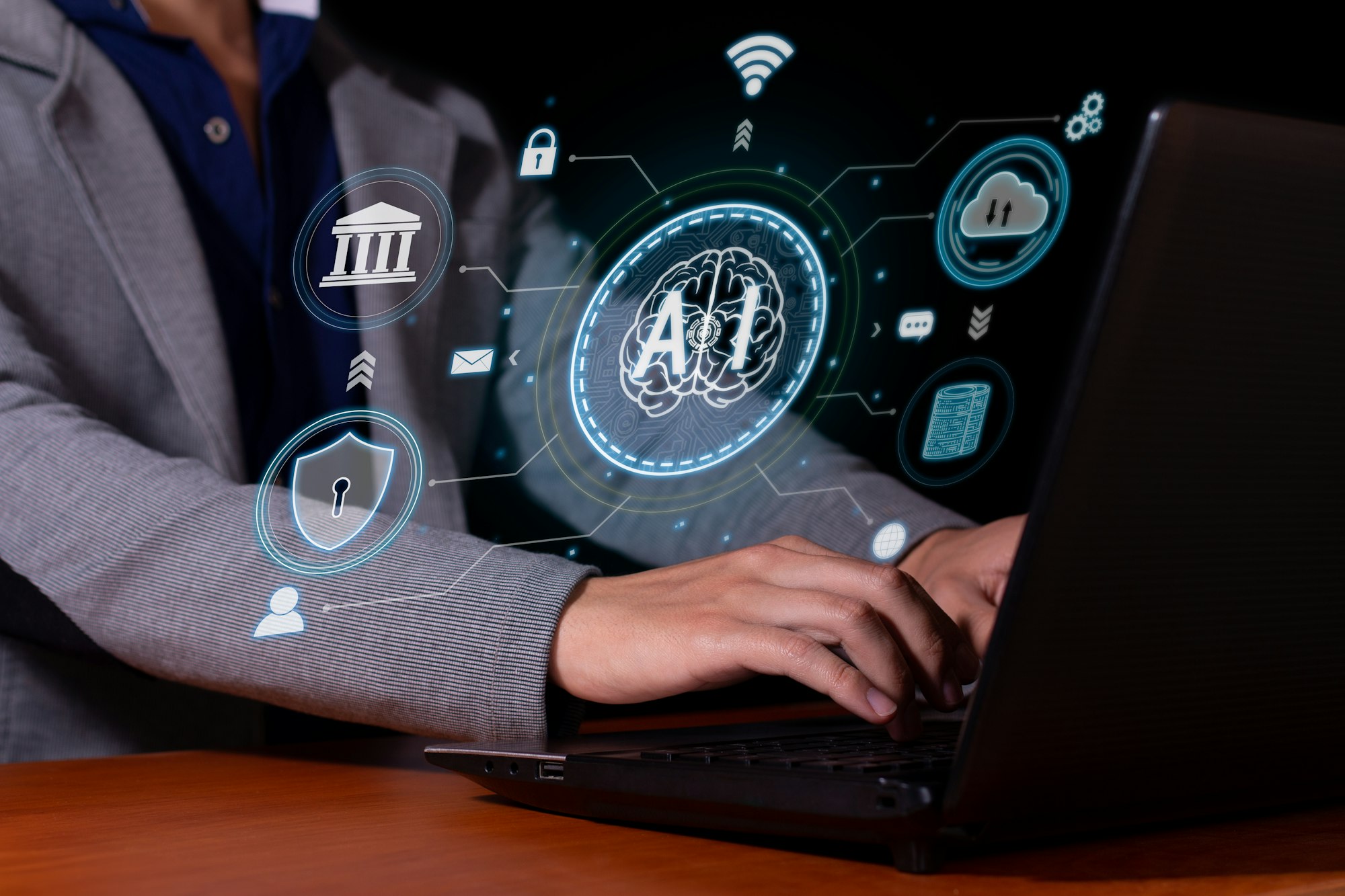The world of art is no longer confined to canvases and studios. Digital art has exploded in popularity, offering a dynamic and accessible way to express your creativity. Whether you’re a seasoned artist or a complete beginner, there are numerous paths to explore in the realm of digital art learning.
Diving In: Exploring the Digital Canvas
Digital art offers a vast array of possibilities:
- Software Variety: From industry-standard programs like Adobe Photoshop and Clip Studio Paint to free and open-source options like Krita and GIMP, there’s a software solution for every skill level and budget.
- Creative Freedom: Experiment with a variety of tools that mimic traditional mediums like brushes, pencils, and watercolors, or delve into animation, 3D modeling, and graphic design.
- Accessibility: Gone are the days of expensive materials. Digital art allows you to create anywhere, anytime, with minimal startup costs.
Learning Options to Suit Your Style
There’s no one-size-fits-all approach to learning digital art. Here are some popular methods:
- Structured Courses: Online platforms like Udemy, Skillshare, and Coursera offer comprehensive courses for beginners and advanced artists alike. These courses provide in-depth instruction on specific software, techniques, and artistic principles.
- Free Tutorials and Resources: Countless websites and YouTube channels offer free tutorials and resources on all aspects of digital art. This is a fantastic option for those who prefer a self-paced learning journey.
- Practice Makes Perfect: The best way to hone your skills is by simply creating! Experiment with different tools and techniques, find inspiration online or in your surroundings, and don’t be afraid to make mistakes.
Developing Your Digital Toolkit
Here are some key things to focus on as you embark on your digital art adventure:
- Fundamentals of Art: A strong understanding of traditional art principles like color theory, composition, and perspective will serve as the foundation for your digital creations. Many online resources and offline courses focus on these foundational aspects.
- Software Mastery: Take the time to learn the core functionalities of your chosen software. Explore different brushes, textures, and tools to discover their potential.
- Building Your Portfolio: As you create, curate a portfolio showcasing your digital art pieces. This can be a website, an online art community profile, or simply a personal folder. Your portfolio will be a valuable asset when seeking freelance work or pursuing further education.
The Ever-Evolving Art Form
Digital art is a constantly evolving field. Here’s how to stay ahead of the curve:
- Follow Inspiring Artists: Explore online platforms like DeviantArt, Behance, and ArtStation to discover the work of established and up-and-coming digital artists.
- Embrace the Online Community: Engage with other digital artists in forums and online communities. Share your work, ask for feedback, and participate in creative challenges. This can be a great source of inspiration and motivation.
- Stay Updated on Trends: New software features, tools, and artistic styles are constantly emerging. Dedicate some time to exploring the latest trends and incorporating them into your own practice.
There’s No Limit to Your Creativity
Digital art is a journey of self-discovery and artistic expression. With dedication and the right learning resources, you can unlock a world of creative possibilities. So, grab your digital pen or stylus, unleash your imagination, and start exploring the exciting world of digital art!





